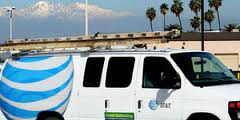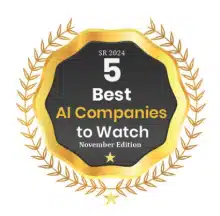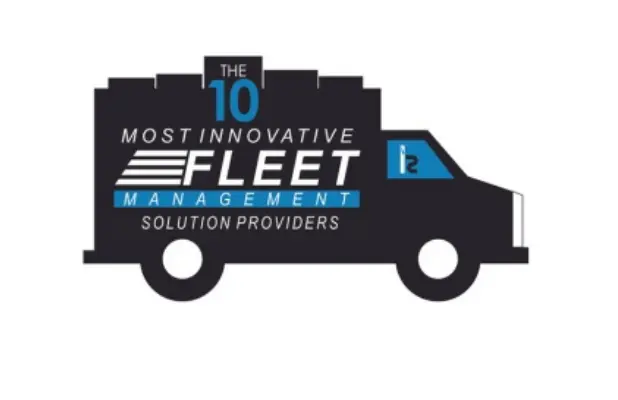- December 6th, 2010
- Jackson Parker
GPS Tracking By Law Enforcement Without A Warrant – Is it Legal?
Several important court battles over the use of GPS tracking by law enforcement without a warrant have been going on during the last year. The courts have returned different opinions recently.
1) In November 2010, the US Court of Appeals for the DC Circuit, in a five to four split, upheld a lower court’s ruling that law enforcement agencies need to obtain a warrant to use the “global positioning system” (GPS) to track a suspect.
The federal appellate court denied a Department of Justice request for reconsideration of a three-judge panel’s ruling that warrantless GPS tracking violated the defendant’s Fourth Amendment rights as well as the defendant’s “reasonable expectation of privacy.”
The case involved a D.C. area nightclub owner who was busted for drug possession after police attached a GPS tracking device to his vehicle. Local authorities had monitored Antoine Jones for a month without a warrant before they nabbed him. In a divided decision the court ruled to re-establish Jones’ 4th amendment rights as precedent over what is essentially probable cause, most likely because there didn’t seem to be probable cause for much of the time spent monitoring the suspect.




















